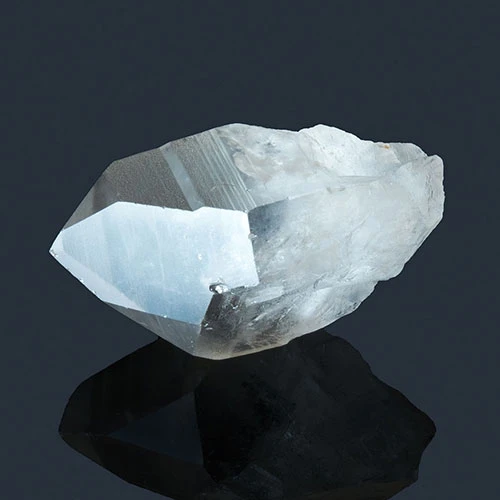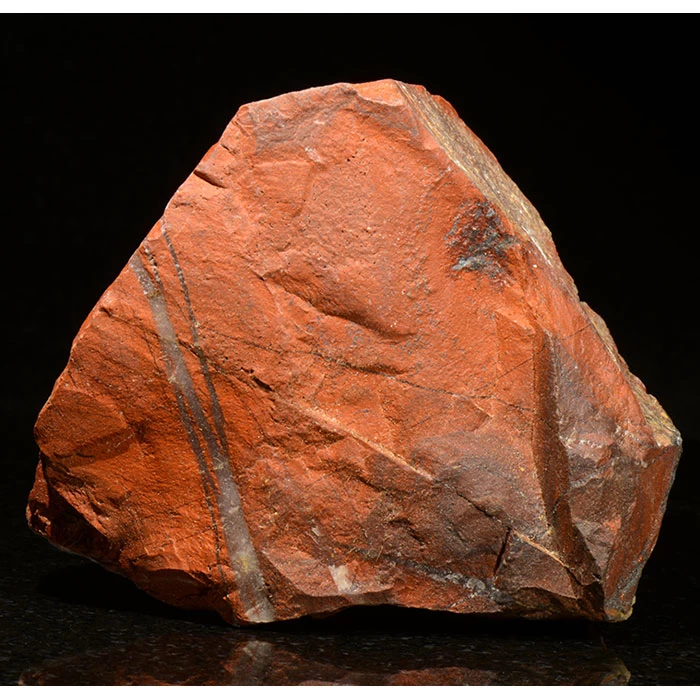Meditation with Crystals

Meditating with Crystals: A Beginner's Guide
Crystals and meditation go hand in hand and together, for some people, their use can be incredibly powerful.
By incorporating crystals into your meditation, you may achieve deeper relaxation and focus.
Meditation is a simple yet effective way to connect with yourself. It can help you find inner peace and promote balance in your life.
Meditating with crystals has grown in popularity, with many believing that the practice amplifies a crystal's energy and healing properties.
Some crystals may help you achieve a deeper state of calmness, while others may help you achieve specific goals or intentions.
Aligning the chakras is believed to achieve mental, physical, and emotional healing. The association of crystals with the chakras is based on the belief that each crystal possesses properties and energy vibrations that correspond to one of the seven chakras. Chakras are energy centres in the body.
Each chakra is responsible for a different aspect of mental, physical and emotional well-being. Different crystals resonate with different chakras and can be used to energise and bring them back into alignment.
Different crystals resonate with different chakras and can be used to energise and bring them back into alignment.
Quartz aligns with all seven chakras. It's a 'master healer' that energises any chakra it's placed on.
Quartz cleanses the aura and the energy of a space. It enhances wisdom, mental clarity and spiritual growth.
Quartz is a powerful tool for manifestation. In crystal healing, manifestation refers to the belief that crystals can help manifest specific goals or intentions in one's life.
The idea is that setting an intention and then focusing on it while either holding or being close to a crystal, its energy will help manifest the intention. Rose quartz is used for matters of the heart. Its gentle and nurturing energy makes it an excellent choice for emotional healing and attracting new love.
Rose quartz is used for matters of the heart. Its gentle and nurturing energy makes it an excellent choice for emotional healing and attracting new love.
Placing rose quartz on the heart chakra can help release emotional blockages, reduce anxiety and stress, and promote feelings of compassion and self-love.
Rose quartz can open the heart chakra, helping you connect with others on a deeper level and cultivate a healthy relationship based on love and mutual understanding.
Citrine is a stone of wealth and abundance, while amethyst can help with physical, emotional and spiritual well-being.
Amethyst has a calming effect, so it's helpful for those who struggle to relax and find it difficult to sleep.
Amethyst balances the crown chakra, which is associated with a spiritual connection to the universe and higher self.
Black tourmaline and smoky quartz have grounding and protective properties and can be used to create a sense of safety and security during meditation.
Selenite is said to amplify the energy of meditation, making it a more effective and powerful experience.
Although it's not necessary to use crystals for meditation, many people do. Meditation has been practised for thousands of years, and for good reason. It has been shown to have many benefits for the mind and body.
Meditation has been practised for thousands of years, and for good reason. It has been shown to have many benefits for the mind and body.
The primary purpose of meditation is to improve concentration and reduce stress. Meditating allows you to quiet the mind and focus on the present moment, which has been proven to help reduce feelings of anxiety and depression.
It has also been shown to improve sleep patterns, boost the immune system and even lower blood pressure.
Meditation can help increase self-awareness and mindfulness. Through regular practice, it's possible to become more aware of thoughts, emotions and physical sensations.
What is Mindfulness?
Meditation and mindfulness are closely related but not the same. Meditation is a broad term that refers to various practices that involve training the mind to focus and achieve a state of calmness and relaxation.
It takes many forms, including guided visualisation, transcendental meditation, Zen meditation and mindfulness, but there are many more.
Mindfulness involves focusing on the present moment without being judgmental. It often concentrates on breathing and body sensations but can also involve focusing on thoughts and emotions.
Its goal is to increase awareness and cultivate a non-judgmental attitude towards your own inner experience.
Mindfulness is the ability to be fully present and aware of where you are and what you are doing. It enables you to learn not to be overly reactive or overwhelmed by what’s happening around you.
Although meditation and mindfulness both involve training the mind to focus and be present, mindfulness emphasises the present moment and awareness of one's thoughts, emotions and physical sensations. Meditation as a broader term can include different practices and techniques, such as visualisation, chanting or physical movements. These are not limited to being present and in the current moment.
Meditation as a broader term can include different practices and techniques, such as visualisation, chanting or physical movements. These are not limited to being present and in the current moment.
Both meditation and mindfulness can benefit stress reduction, emotional balance and overall well-being. Many people find mindfulness is far more accessible and easier to integrate into daily life. Others prefer the structure and discipline of a more formal meditation practice. It's all about finding what works best for you.
Knowing where to start can be daunting if you have never tried meditation. It's best to experiment with different types until you find the one that works best for you.
To begin with, try meditating for just a few minutes each day. Most people find five to ten minutes to be achievable.
As you become more comfortable with the practice, the length of the meditation can slowly increase. The most popular time is twenty minutes.
Meditation is not about achieving a specific state or reaching a certain level of mastery. The goal is to be present and bring awareness to the present moment.
The length of the meditation is not as important as consistency and regularity. Meditating regularly for a short time is far more beneficial than doing long sessions infrequently.
Ultimately, the best duration will depend on your individual needs and schedule. The important thing is to stick with something that works well for you and that you can do regularly.
How to Meditate
To start your first meditation, find a quiet place where you won't be disturbed. You can sit or lie down. Try to meditate on an empty stomach and sit up as straight as possible. You can sit on the floor cross-legged or in a chair.The spine must be straight to allow energy to flow freely. Most importantly, make sure you're comfortable but not too comfortable otherwise you're likely to fall asleep.
Many people find it difficult to sit cross-legged, so this may take time, especially for longer periods. Find the right head position that's comfortable for your neck. The head should be very slightly raised. Ensure you're warm but not too warm.
The posture of sitting cross-legged with thumb and forefinger together is called 'mudra'. It's a symbolic or ritual gesture in Hinduism and Buddhism.
This specific mudra is called 'gyan'. Gyan mudra symbolises the union of wisdom and knowledge. It's believed to help focus the mind and improve concentration during meditation.
It's also believed to activate the root chakra, which is associated with grounding, security and stability.
 Using guided meditation is a great way to start. Loads of guided meditations are available online. Some are better than others, so it's just about finding one that you enjoy.
Using guided meditation is a great way to start. Loads of guided meditations are available online. Some are better than others, so it's just about finding one that you enjoy.Some involve using your imagination to create a scene or scenario. This can help focus the mind, relax the body or even visualise a specific outcome.
Other types of meditation, such as mindfulness or transcendental meditation, focus on bringing your attention to the present moment. This involves paying attention to your breathing, body sensations, and thoughts without getting caught up in them.
Whatever type you try, meditation is about training your mind to be present, to focus on and be aware of your inner self and the world around you. It's really not a requirement to use your imagination to meditate. Many people prefer to block everything out and focus on their breathing and inner self.
Meditation is a powerful tool that, over time, can help reduce stress, improve overall well-being and increase self-awareness. Incorporating crystals into your meditation practice can provide additional benefits and enhance the experience.
Article Photos
Some of the photos in our article are stock photos purchased on licence.
The others are courtesy of:
FJ
Abhishek Panchal
Tom French
Austin Kaseman
Some are clickable and redirect to the original photo.
The crystals in the pop-up photos all come from our collection.













